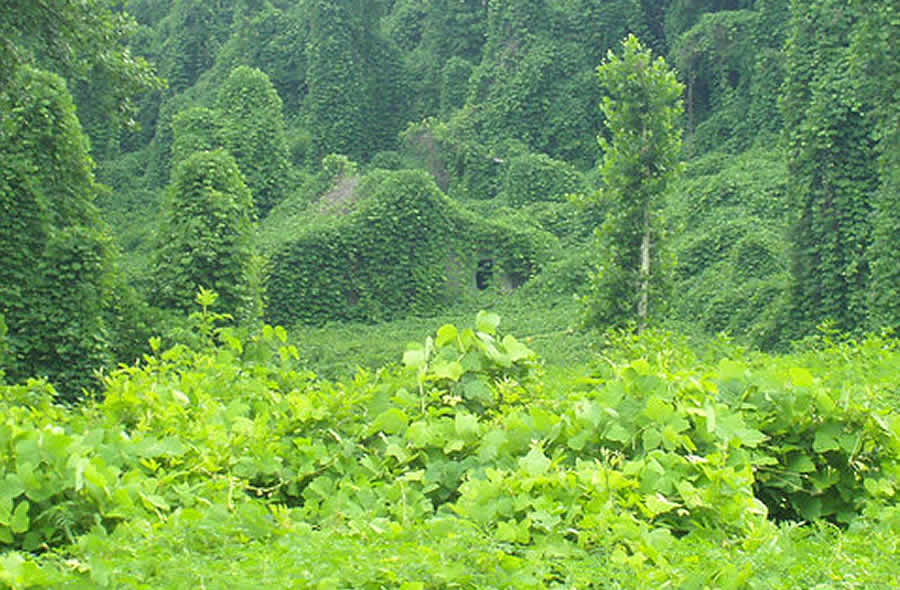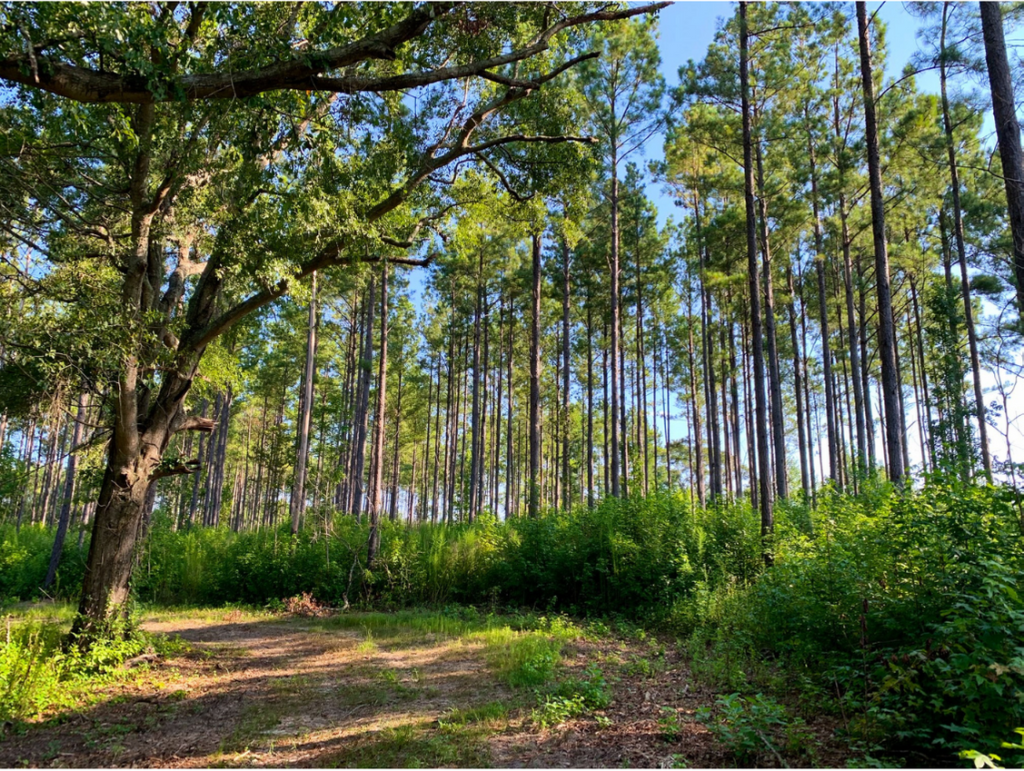Land – The Ultimate Investment During Uncertain Times
As Alabamians began returning to work, the reality of the new normal began to take shape. I, for one, was excited to get a haircut and to grab a meal from my favorite restaurant, but it quickly became clear that the new economy looks vastly different than what we are used to.
Safety measures are being enforced. Social distancing is in effect. Bars, restaurants, retail, and the service industries are limited to the number of customers allowed in their stores. Don’t even think about going to  Costco without a mask! Gone are the days of cubicle farms as the down-sizing of office space continues. Similar precautions are in place everywhere from the dentist to manufacturing plants. And how long will it be this way? By all reasonable accounts a vaccine will not be created, tested, and available to the masses for a year to 18 months.
Costco without a mask! Gone are the days of cubicle farms as the down-sizing of office space continues. Similar precautions are in place everywhere from the dentist to manufacturing plants. And how long will it be this way? By all reasonable accounts a vaccine will not be created, tested, and available to the masses for a year to 18 months.
In fact the more we open the economy, we find there are more questions than answers. What will universities and schools look like next fall? Will the manufacturing and supply chains throughout the country bounce back quickly or will there be enough demand? Will the stock market continue to vacillate wildly on any given day? Is my portfolio sufficiently diversified? Is my 401K safe?
Tony Robbins, the great motivational speaker has an insightful quote that says, “The quality of your life is a direct proportion to the amount of uncertainty you can comfortably tolerate.”
So how do we respond? We focus on what we can control and find ways to help our fellow man. We make sacrifices both large and small to protect one another as we adapt to the new normal finding dependable resources in the process.
JOHN HALL & COMPANY’S DEDICATION
These tenants are not new to John Hall & Company. For 33 years we’ve built our business around them. And because we implemented a holistic marketing strategy before the epidemic hit we were well situated to flourish in the new normal. In fact, our clients have found that we have been able to provide the same level of customer service they have come to expect and depend on.
Fortunately, our team has not experienced a disruption in our productivity as land outperforms other investments. We continue to list land and market our customers’ property through a variety of digital marketing techniques including social media campaigns, email blasts, and Search Engine Optimization. We have been able to show land to potential purchasers through drone videos and interactive mapping software. For our sellers, we still go out and physically evaluate their land to provide an assessment of value. We provide comparable sales data and up-to-date market analysis, and then maximize their return by exposing the property to the right buyers. And despite the shut down of “non-essential” businesses, we still close transactions electronically and continue to connect our clients with services they need such as closing attorneys, surveyors, foresters, etc.
What many may not realize is that while the stock market continues to fluctuate and other commercial investments falter land values have remained strong. In fact, we have seen as much or more interest in recreational hunting and timber tracts than ever.
My father, who started John Hall & Company is 75 years old and has had a few health scares over the last three years. He personifies the category of those most vulnerable to the virus. While he took all the necessary precautions, isolated, and worked remotely the single biggest blessing we realized was the family farm. The farm provided a safe place for him to go and find purpose. He drove out there several times a week, strategized with a consulting forester about our timber cutting program, fixed up roads, worked on the fishing lake, and managed all those small projects we talk about doing but never quite get to. I can’t think of one other investment or asset that can provide a place of refuge, financial security, and purpose other than owning a piece of land.
If you have been thinking about buying land in Alabama there’s never been a more prudent time. Call us and let our company find an asset that will allow you to pass down your values and create a legacy to leave for future generations.
Pete Hall
Accredited Land Consultant
John Hall & Company


 in finding the right tract, but they will ultimately determine your enjoyment of the land, and your return when selling.
in finding the right tract, but they will ultimately determine your enjoyment of the land, and your return when selling.